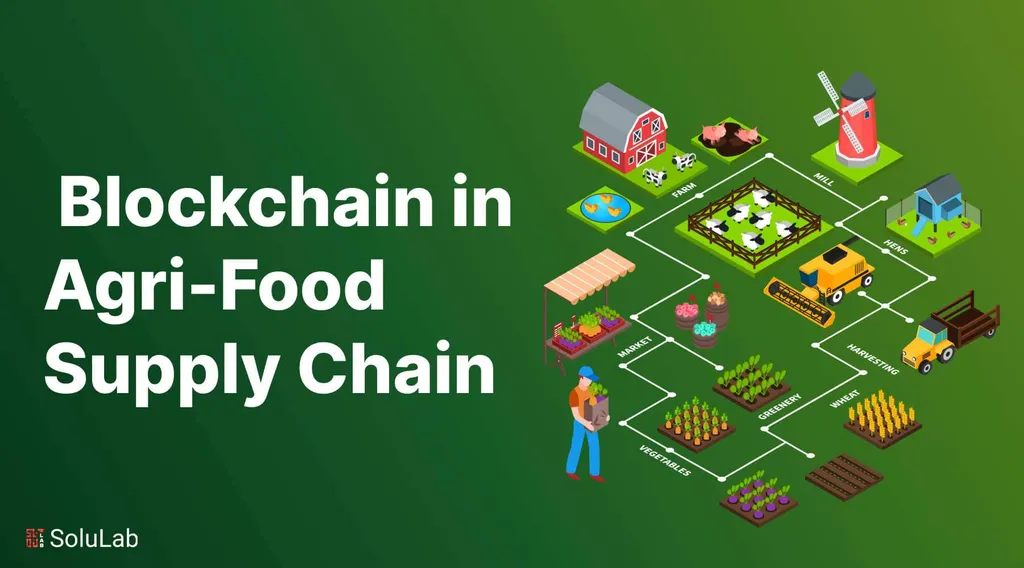In the sprawling, complex world of agricultural supply chains, data is everywhere—yet often hard to manage and even harder to trace. This is the challenge that Mei Sun, a researcher at the National Engineering Research Center for Information Technology in Agriculture, has set out to tackle. Her recent study, published in *Scientific Reports* (translated from Chinese as *Nature Scientific Reports*), introduces a groundbreaking solution that could revolutionize how agricultural data is stored and accessed using blockchain technology.
The agricultural supply chain is a labyrinth of interconnected links, generating vast amounts of data at every stage—from farm to table. However, this data is highly susceptible to loss, making traceability and management a significant hurdle. Blockchain, with its promise of data integrity, has emerged as a potential solution. Yet, traditional blockchain systems come with their own set of challenges, particularly in terms of storage redundancy and resource consumption. This is where Sun’s research shines.
Sun and her team have developed a novel approach called the Storage Light Node (SLN) model, specifically designed for the unique demands of agricultural supply chains. The SLN model introduces a cold/hot data classification mechanism, prioritizing data based on identity relevance, generation time, and query frequency. This allows for selective local storage of high-priority data, drastically reducing the burden on resource-constrained nodes.
“Our model ensures that only the most critical data is stored locally, significantly cutting down on storage usage while maintaining the integrity and traceability of the supply chain,” Sun explains. This innovation is not just theoretical; it has been tested with real-world data. Experiments using 50,563 records from agricultural supply chains demonstrated that the SLN model reduces storage usage by a staggering 95.10% compared to traditional full nodes. Moreover, the average query time was a mere 30.91 milliseconds, a remarkable improvement over traditional light nodes.
The implications of this research are profound, particularly for the energy sector. As agricultural supply chains become more data-driven, the need for efficient, scalable, and secure data management solutions will only grow. Sun’s SLN model offers a compelling answer, one that could streamline operations, reduce costs, and enhance transparency across the board.
“This model provides a scalable and efficient solution for blockchain-based agricultural traceability,” Sun adds, highlighting the broader potential of her work. By optimizing data storage and query processes, the SLN model could pave the way for more sustainable and efficient agricultural practices, ultimately benefiting both producers and consumers.
As the agricultural industry continues to evolve, the integration of blockchain technology, as demonstrated by Sun’s research, could be a game-changer. The SLN model not only addresses current challenges but also sets the stage for future innovations in data management and traceability. With its proven efficiency and scalability, this research could very well shape the future of agricultural supply chains, making them more resilient, transparent, and data-driven than ever before.

